Last updated on February 7th, 2025 at 10:59 am
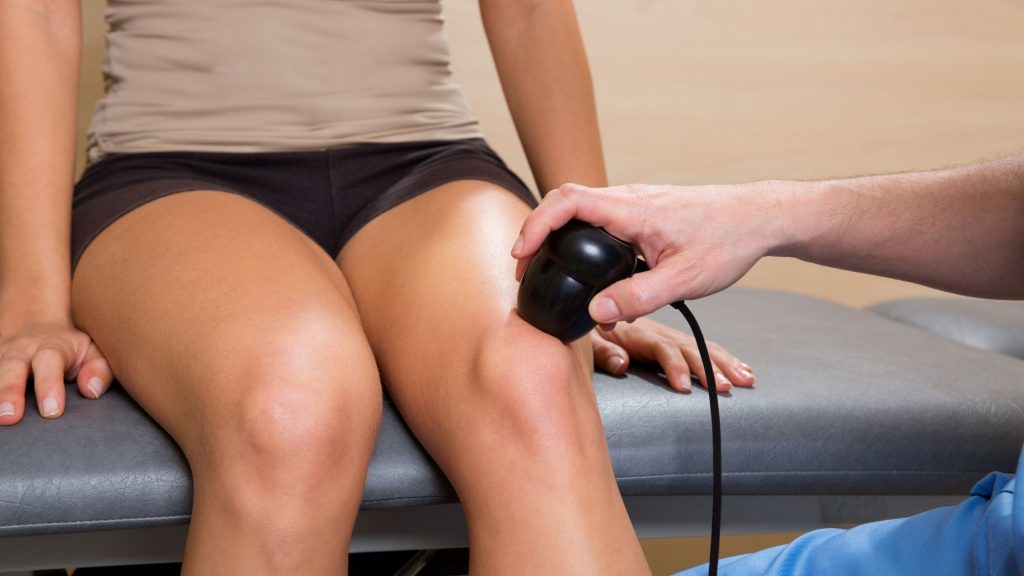
- Therapeutic ultrasound is a widely used physical modality in physiotherapy rehabilitation.
- It uses ultrasonic rays produced by ultrasound therapy machines to relieve musculoskeletal pain, inflammation, swelling, muscle spasms and joint contractures.
- Ultrasound is a sound wave whose frequency is higher than the frequency of the audible sound wave.
- Two different forms of ultrasound frequency are used for therapy: 1 MHz and 3 MHz.
Ultrasound therapy or therapeutic Ultrasound is a physiotherapy treatment that uses sound waves to heat internal tissues for pain relief and healing. This treatment is effective for ligaments, tendons, muscles, and joints.
A person who first encounters therapeutic ultrasound in our clinic often asks me out of curiosity, “What can you see about me on your machine?.”
A physiotherapist uses an ultrasonic therapy device for treatment purposes, not for diagnostic purposes. This is why it’s called an ultrasonic therapy machine. In this article, we will discuss ultrasonic therapy and how physiotherapists use it to treat various painful conditions.
What is therapeutic ultrasound/ UST physiotherapy?
Ultrasound Therapy is a medical treatment modality that uses ultrasound waves for treating diseased, injured, or painful musculoskeletal conditions and other bodily structures4. It is an electrophysical agent commonly used in physiotherapy that is distinct from diagnostic ultrasound imaging procedures5.
It is commonly referred to as ultrasonic or UST therapy and sometimes as UltraSound Therapy. During treatment, many technicalities, such as frequency settings and intensity adjustments, need to be considered.
However, we won’t delve into these details here. Nonetheless, you will get a general idea of ultrasonic therapy. Ultrasound is a sound wave with a higher frequency than an audible sound wave. When the frequency exceeds this range, it is called an ultrasound wave.
Typically, therapeutic ultrasound has a frequency range of 0.7 to 3.3 megahertz (MHz) produced by an ultrasonic therapy machine.
What’s the difference between 1 MHz & 3 MHz ultrasound machine

Two different forms of ultrasound frequency are used for therapy: 1 MHz and 3 MHz. Two different ultrasound heads generate these two different frequencies.
Depending on the site of the body illness, the types of frequency are selected: 1 MHz is used for treating deeper tissues, and 3 MHz is used to treat superficial tissues2.
Both frequencies can be used in continuous and pulsed modes termed Continous Ultrasonic Therapy and Pulsed Ultrasonic Therapy, respectively.
1 MHz vs 3 MHz Ultrasound
| 1 MH | 3 MHz | |
| Depth of Penetration | 2.3 to 5 cm | 0.8 to 2 cm |
| Action | Has action of deeper tissues like muscle, ligaments, tendon, joint capsule | Has surface action skin level, in cutaneous and subcutaneous level. |
| Use | 1 MHz US is used for deeper tissue pain and inflammation. Like muscle knots, muscle tear. It can also be used for increasing extensibility of stiff muscle (2). | It can be used for treatment of acute cutaneous and subcutaneous lesion such as burns, scar. |
How does ultrasound therapy work
A typical ultrasonic therapy machine comprises a device with all its control switches. It is connected to a transducer head through a thick wire. We can control the intensity and frequency of the ultrasound generated from the device.
We can adjust it according to the patient’s needs. However, the transducer head directly contacts the patient’s body and produces the wave.
The transducer head consists of a special material with piezoelectric properties. When a high-frequency electric current passes through it, it compresses and expands with the alternating current wave.
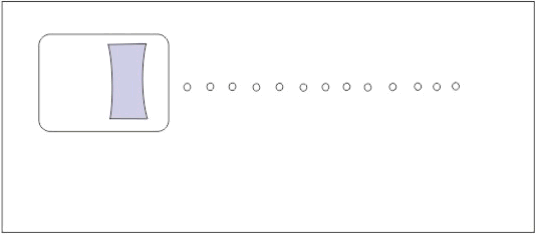
When this material expands, it pushes the substance in front of it, which produces a compression phase. When it contracts, it rarefies the substance before it, producing a rarefaction phase.
So, the wave is continuously produced with alternate compression and a rarefaction phase. The following animation makes this point more straightforward.
Physiological effects of ultrasound therapy
Two mechanisms are commonly invoked to explain the physiological effects produced by ultrasound therapy: thermal and non-thermal effects.
Thermal effect of ultrasonic therapy
The most important physiological effect of ultrasound therapy is the thermal or heating effect in the deep tissues. This helps heal deeper tissue injuries by improving the blood supply around the region. The thermal effect includes5:
- Increased tissue temperature
- Hyperdynamic tissue metabolism
- Increased local blood flow
- Increased extensibility of collagen fibers
- Reduced viscosity of fluid elements in the tissue
But, how does ultrasound therapy produce heat in deeper-lying tissues?
During therapeutic ultrasound applications using an ultrasonic therapy machine, the energy transported by an ultrasonic beam is attenuated (lost) as it passes through tissue.
The energy loss is due to scattering out of the beam and absorption. Energy scattered out of the beam may be absorbed elsewhere in the tissue.
We can calculate the loss of energy with this formula3:
I(x) = I0e-qx
If the beam’s intensity is I0 at a point in the tissue, it will be reduced to I(x) at a distance x from this point. Here, q is the intensity attenuation coefficient.
Acoustic absorption results in tissue healing. In reality, absorption accounts for 60–80% of total attenuation.
Beneficial effects thought to arise from ultrasonically induced heating include:
- Increase in extensibility of collagenous structures such as tendons and scar tissue.
- Decrease in joint stiffness.
- Pain relief.
- Changes in blood flow.
- A decrease in muscle spasm and,
- At high intensities, selective tissue ablation is achieved in focused ultrasound.
Non-thermal effects of ultrasound
Non-thermal mechanisms that can produce beneficial (therapeutic) changes in tissue may be cyclic or non-cyclic.
- ‘Micro-massage’ effect: This is thought to be due to the periodic nature of the sound pressure field.
- Acoustic streaming: Ultrasound waves produce a cavity that oscillates inside the intra- or extracellular fluid, called acoustic streaming. Streaming may modify a cell’s local environment, leading, for example, to altered concentration gradients in the vicinity of an extracellular membrane. Streaming may account for the reported changes in cells’ potassium and calcium content following ultrasonic exposure.
Indications of therapeutic ultrasound
Ultrasound therapy is very effective for many painful conditions. Its deep micro-massage and internal warmth effects can cure many chronic
In my 12 years of physiotherapy career, I have listed these points and found them very useful.
- Muscle pain.
- Myofascial trigger points.
- Soften the surgical scar.
- Softening the tendon after tendon transplant.
- Plantar
fascitis . - Carpal tunnel syndrome.
Osteoarthritis knee- Piriformis syndrome
Contraindications of ultrasound therapy
Although it is beneficial in many cases—after all, it’s an electromagnetic ray—there are a few conditions where exposure to these rays can trigger internal derangement.
- Tumor.
- Pregnancy.
- Over the metal implants.
- Knee replacement.
- Hip replacement.
- Pacemaker.
- Eyes.
FAQs on Ultrasonic Therapy in Physiotherapy:
The author is a physiotherapist who has been practising for the last 17 years. He holds a Bachelor's in Physiotherapy (BPT) from SVNIRTAR (Swami Vivekananda National Institute of Rehabilitation and Research), one of the prestigious physiotherapy schools in India.
Whatever he learns dealing with his patient, he shares it with the world through blogs and e-books. He also owns a YouTube channel, "Sunit Physiotherapist" with over 8 lakh active subscribers. Here, he shares everything he gets to learn serving the patient.

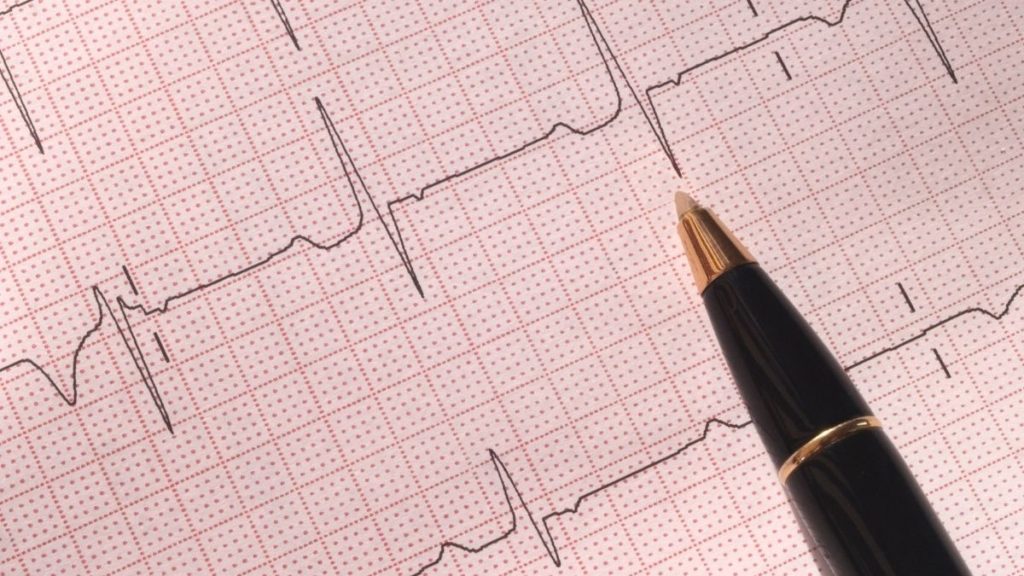
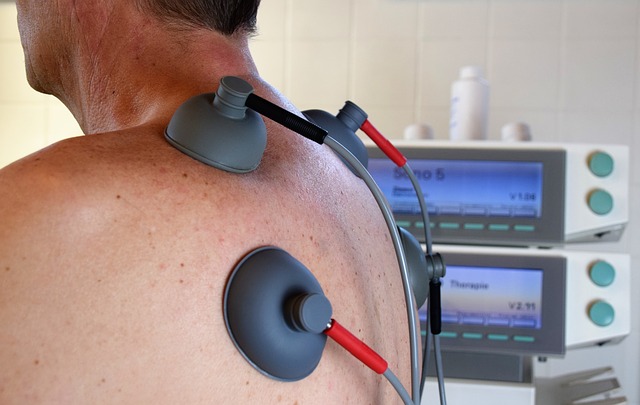
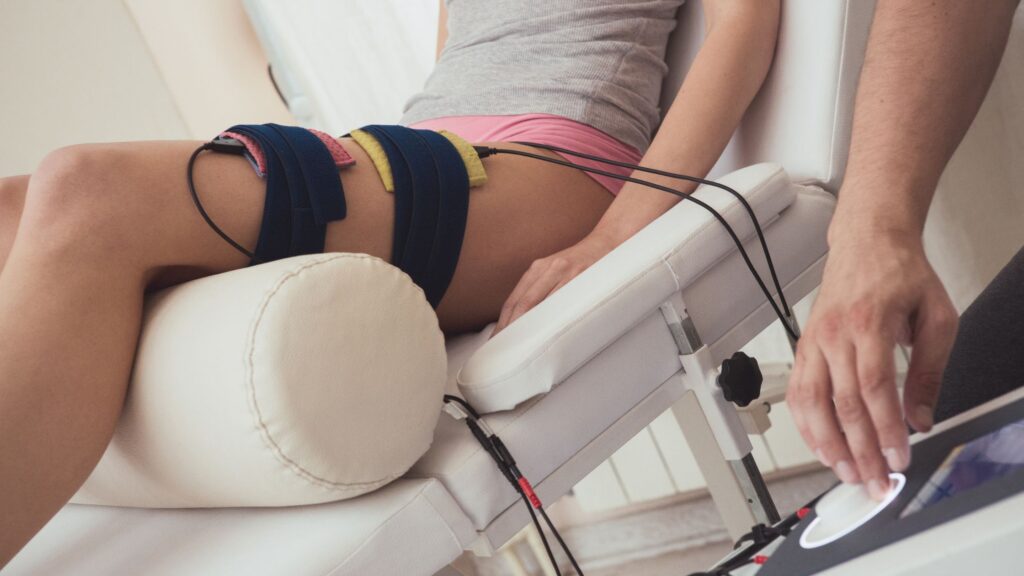
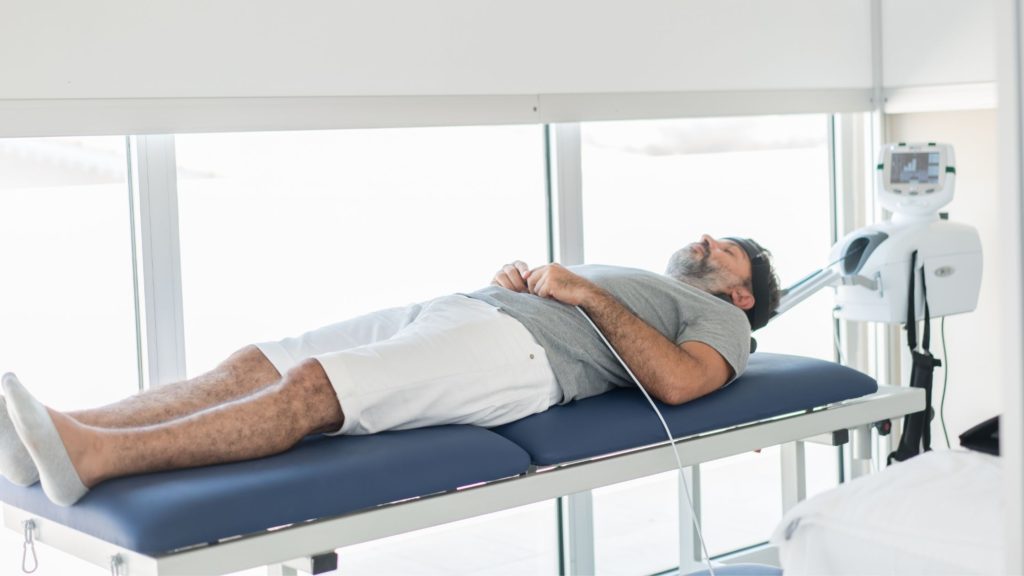
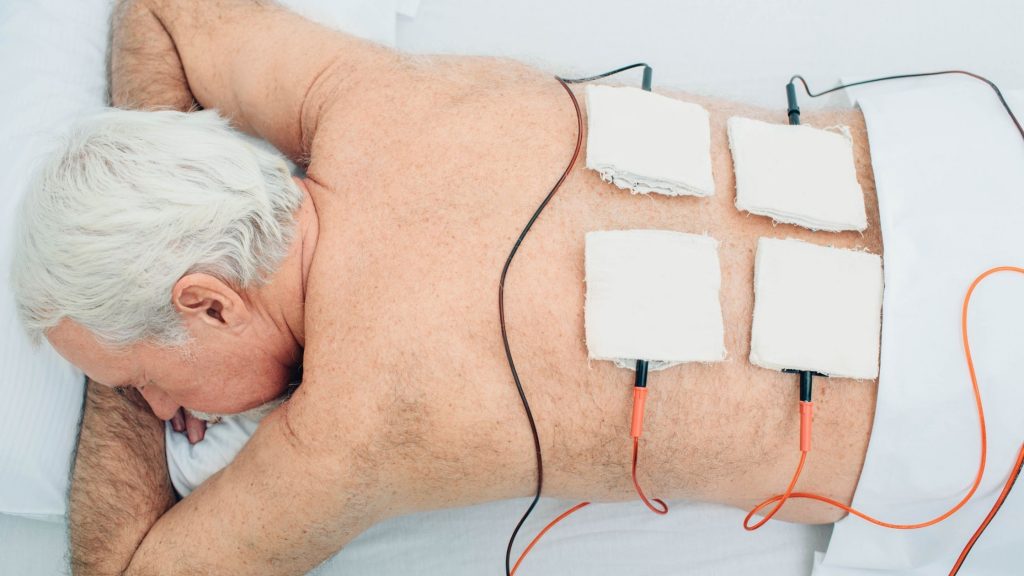
Pingback: Easy Bursitis in Shoulder Exercises - Physiosunit
Pingback: IFT physiotherapy: Electrode placement, indication, contraindication - Physiosunit
Pingback: Achilles tendonitis stretches and other exercises - Physiosunit
Pingback: Easy Clavicle Fracture Physiotherapy Exercises - Physiosunit
Ultrasound therapy is supposedly safe for use over metal implants. It doesn’t cause overheating as sound wave is transmitted faster inside metals.
Pingback: Chronic Back Pain Exercises - Physiosunit
Pingback: What's Infrared in Physiotherapy? How to Use, Indications - Physiosunit
Pingback: Bursitis Knee Treatment Exercises| Symptoms, Causes - Physiosunit
Pingback: What's Dinner Fork Deformity? Colle's Fracture Physiotherapy Management - Physiosunit
Pingback: 5 Easy Trigger Finger Exercises & Self-Massage Technique - Physiosunit